A beginner’s guide to foraging in New Zealand
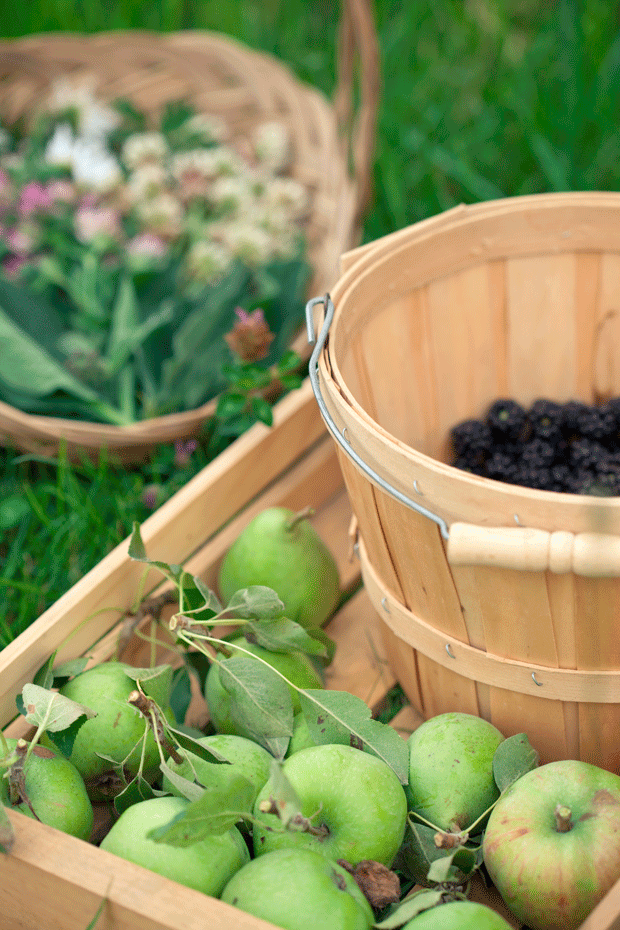
There are plenty of edible wild plant foods in the NZ countryside, if you know where to look and what to look for.
Words: Mieke Couling
There are so many reasons to add wild foods to your diet, ranging from gaining survival knowledge to increasing your health and well-being, it seems a shame that information about it is so hard to attain. Our ancestors had excellent and necessary knowledge on the identification and preparation of wild plant foods.
Sadly, a lot of this knowledge and wisdom has eroded out of everyday life. Most of us would be hard-pressed to identify even a few edible wild plant foods. Resurrecting the old ways and wisdoms, shifting back to a simpler way of life has to be good for us, body and soul.
Vegetables, fruits, seeds and nuts bought from the shop often have low nutritional value, and if you add to this concerns about food safety, genetic modification and the rising costs of fresh vegetables, the wonderful diversity of wild foods becomes very alluring. One way of reconnecting with our innate ability to know what is good for us is to eat naturally-growing food, locally-sourced, and with the seasons.
Many plants that grow wild have high nutritional value, medicinal benefits and are just more healthy for us. The flavours are often rich and intense, and while they are not all scrumptious, many are delightfully tasty. Identifying and preparing wild foods is a learning process that takes time, dedication and practice. Having an interest in identifying and learning about a variety of edible wild plants allows you to engage with nature in authentic and intimate ways. When you start incorporating wild plant foods into your diet it will be the beginning of a wonderful relationship.
THE CULTIVATION OF WILD PLANTS
Supermarket aisles and local vegetable stores are brimming with beautifully cultivated fruit, nuts and vegetables. These delicious-looking specimens are the result of generations of plant selection and breeding by humans. We seem to forget that all the world’s vegetables, fruits and nuts were once wild plants. The intentional cultivation of wild plants dates back to antiquity.
Cereal crops were first purposefully planted around 9000 BC in the Middle East. The apple tree is believed to have originated in the southern Kazakhstan region, where the Middle East meets China, and is most likely the earliest tree to be cultivated. Its wild ancestors still grow there, and cultivated apple trees have been an important food source for thousands of years in Asia and Europe, but it didn’t make its way to North America until the 17th century.
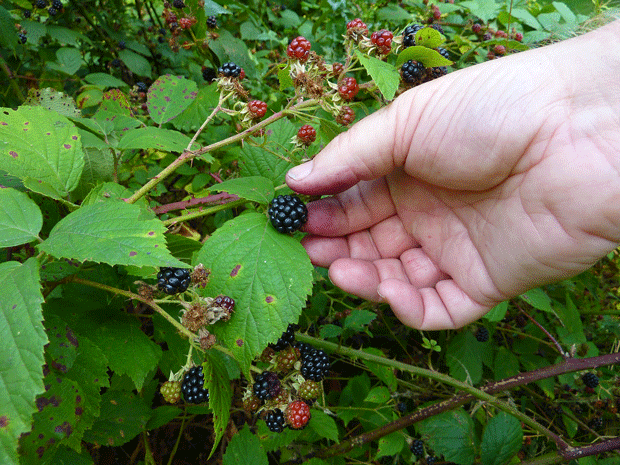
A more recent food cultivated from its wild ancestor is the macadamia tree, indigenous to Australia where its nuts have been consumed by Australian Aboriginals for thousands of years. It wasn’t until the late 1800s that the first cultivated commercial planting took place, with mass production and consumption only starting out less than a hundred years ago. The movement of wild plants into cultivation is by no means over, and as we learn more and more about the benefits of wild plants, it is likely we will see an increase in ‘weeds’ being mass produced for human consumption.
The variation in diet across the globe has shown us that different peoples cultivate different wild plant foods. Historically in Asia, the main staples centred on rice, millet and soy. In the Americas the focus was on squash, beans and maize. Today in many places in Asia, particularly China, tiger lily is grown for its edible bulb, yet in many other parts of the world this pretty weed has an (unproven) reputation for being toxic.
In New Zealand the sweet potato is a common sight, but it is not widely used in Europe. The popularity of vegetables such as kale and endive is a relatively new phenomenon in New Zealand, but in Europe these vegetables have been part of their diet for a long time. Compared to what our ancestors used to forage for, we eat a very narrow range of vegetables today. Modern vegetables are more palatable and appeal to a wider range of people in some ways, but this often has come at the cost of losing nutrients, antioxidants and life- enhancing properties.
THE ESCAPEES AND THE WEEDS
The benefits of wild plant foods compared to cultivated plant foods are still being debated, with some sound evidence suggesting that wild plant foods have better nutritional value, a greater range of vitamins and minerals, and stronger antioxidant properties. It’s hard to deny that the survival rate of wild plants is quite astonishing.
No matter how much we have attempted to alter the environment, through urbanisation, pollution, soil erosion and so on, the wild plant foods have survived, adapted and even thrived. Their resilience and ability to survive less-than-favourable circumstances seems to suggest that they are stronger and healthier than their cultivated counterparts. Additionally, wild plants have not been exposed to pesticides, transportation and packaging pressures compared to store-bought food.

What we so often refer to as weeds, can provide us with a whole range of new foods to add to our menus, and for most of us, this free food is growing right outside our backdoor. There are a variety of ‘weeds’ that are so easy to add to salads. By adding a few wild plant foods to your next salad you are not only making the taste more interesting, you are also adding a diversity of vitamins and minerals that our bodies need.
A weed is basically a plant growing where it is not wanted. A plant that might look delightful in your flower garden can be an invasive and damaging weed in our native bush. But many plants that are referred to as weeds are simply wild plants or garden escapees that we don’t recognise or appreciate.
FORAGING RULES
Foraging for food is fast gaining traction in popularity, and with good reason. Fruits, flowers, roots, seeds, stems and leaves are all freely waiting to delight and awaken your taste buds. Foraging for edible wild foods is a fantastic family affair, gets you physically outdoors, and feeds the soul. However there are some important practices that you need to keep in mind when gathering wild food plants.
1. Be absolutely certain of the plant you’re collecting
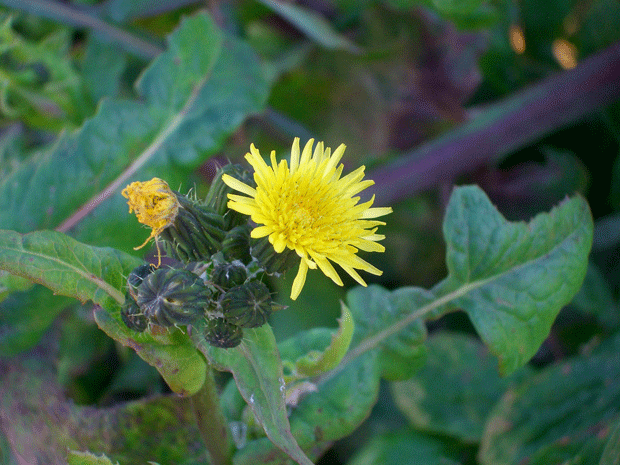
Always err on the side of caution. If in doubt – leave it out. When you first start gathering wild foods begin simply. Don’t try and overdose yourself with knowledge and information, learn just a few plants at a time. When you have reached certainty about a plant and can easily recognise it in several environments, know which parts of the plant to harvest and how to eat it – then you are ready for learning about another plant.
2. Know where, and where not to, collect wild foods
Clearly it is not wise to collect plants from sites that may be polluted. It is also important to respect private property, parks and reserves. While plants along the roadside may seem like a good idea, many of those will have been exposed to pesticides. If gathering from the side of the road, ensure you wash the plant really well several times before consuming. Places closer to towns tend to be the most foraged, so get off the beaten path for better results.
3. Rule of thirds
This rule basically takes into account that rather than selfishly plundering all we see, we need to only take a third of any wild food. We leave a third for others and, importantly, leave a third for growth and regeneration. Many of the edible wild plants you can find in New Zealand are escapees, spread through wind, animal movement or human garden waste. There are close to 2000 species of introduced plants which have escaped and now grow wild which for the forager has some advantages as it means the variety of edible wild food plants is significant. These plants require no care or tending like their cultivated counterparts, freely following Darwin’s theory of survival of the fittest. You simply have to go out, search and gather. The food is right there for the picking, for free.
It is not difficult or onerous to develop the knowledge and wisdom of edible wild plant foods of days gone-by. Beginning a love affair with wild plant foods will enrich your life in many ways. Your body will thank you for taking the pleasure in obtaining healthy and nutritious food from Mother Nature’s plentiful store. Your mind will relish the meditative, yet exciting forays into wild and wonderful places. Your soul will rejoice in the authentic engagement with the simple beauty of knowing what is good for you. Your taste buds will awaken, your wallet will be fuller and your children will be better prepared for the future.
If you too would like to experience the excitement of ‘hunting’ for wild plant foods and the satisfaction of preparing and eating it, why not begin with looking in your very own back garden?
A BEGINNER’S GUIDE TO FORAGING FOR WILD PLANTS
Blackberry: This is the easiest to find and most delicious weed you can eat. It’s reputably one of our most invasive weeds, and one even children can recognise. No doubt most of you have at some point picked and eaten a wild blackberry, but did you know you can also dry the leaves of a blackberry bush for a delicious tea? If you haven’t picked any blackberries this year, be ready to do so at the end of summer. Blackberries provide us with potassium, phosphorus, iron, and calcium.
The blackberry bush is a classic example of an escapee plant. It was brought over to New Zealand by English settlers and soon spread; by the early 1900s it had a reputation among farmers as the most ruinous weed.
Tip: don’t pick blackberries from the side of the road – they are likely to have been sprayed and as they take a while to die, it may not be obvious that they have been sprayed.
Dandelion (Taraxacum officinale): It is easy for all of us to find dandelion leaves. They’re easy to use, available all year-round and very good for you. One cup of dandelion leaves will provide you with your daily requirement of Vitamin K and Vitamin A, a large proportion of calcium, Vitamin C, fibre and iron. This little miracle weed also contains Vitamin B6, thiamine, riboflavin and potassium, among others.
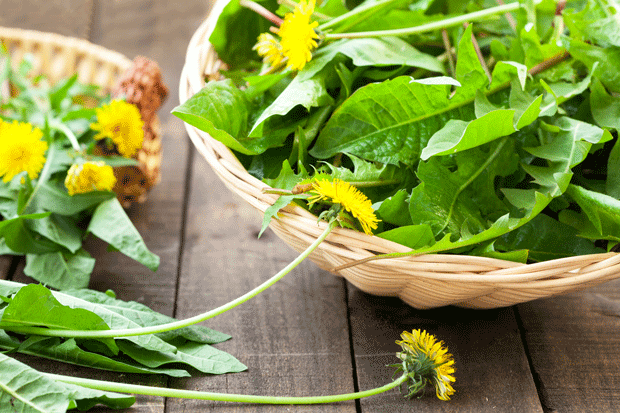
Dandelion plants are versatile and can be used in many ways. The entire plant is edible so you can’t go wrong. A simple way is to gather some of the younger leaves and add them to the next salad you make. They could even be the main ingredient in your salad: wash and trim them and add lemon juice, olive oil and a hint of garlic. For a sweeter salad, add some carrot and beetroot. For an even healthier version add beansprouts and fennel.
Onion weed (Allium triquetum): From about September keep your eye out for onion weed, sometimes known as triangular garlic. This enchanting weed is easily spotted and quite a treasure. It belongs to the wider onion family, and just like them, the properties of onion weed are said to be antibacterial, plus it provides us with vitamins B and C. The sulphur compounds in this attractive little weed are beneficial to healthy cholesterol levels and digestion.
The taste of onion weed is something between a spring onion and garlic. The entire plant, leaf, bulb and flower, is edible. Be sure to add some flower heads to your next salad. Onion weed is a great replacement for chives, spring onion or garlic. Scrambled eggs with finely chopped onion weed anyone? Or you can add it to sandwiches, soups, pizza, muffins or savoury tarts. The bulbs can be pickled as mini pickled onions. As this weed can be quite invasive, to eat it is a wonderful way to control it.
13 RULES FOR SAFE FORAGING
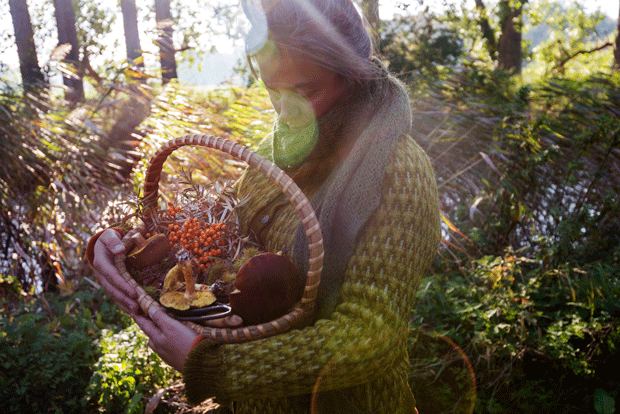
1. Learn how to accurately identify plants. Do a course, and get hold of some of the excellent written resources for NZ conditions, including:
• A Field Guide to the Native Edible Plants of New Zealand by Andrew Crowe
• Julia’s Guide To Edible Weeds and Wild Green Smoothies (print, ebook) by Julia Sich
2. If in doubt, even a slight doubt, don’t eat it.
3. If you’ve never been foraging before, it is best to go with other people, preferably with someone who has experience in foraging. This gives you safety in numbers and more eyes to identify something edible (or not).
4. Always get permission from landowners or a land manager (eg, DOC) before foraging.
5. Don’t forage from anywhere smelly or toxic, eg roadsides where there may have been spraying, contamination from vehicles.
6. Be very careful foraging water plants, especially watercress as it can be affected by liver fluke, even in remote places.
7. Know what wild edibles look like at all stages of their growing life – some plants can look the same until they flower, but once they do, it gives you their identity for next year so you can pick it when the plant is at its edible stage (eg, young, leafy, before flowering).
8. Always know the Latin name for a plant and don’t rely on ‘common’ names as the same name can often apply to different plants, some edible, some not.
9. Don’t forage for mushrooms unless you are with someone who is an expert on mushrooms – it is very, very easy to confuse edible with poisonous and identifying fungi is a specialist topic.
10. Don’t go just by sight – understand the smell and texture of an edible plant so you have multiple points of identification for it.
11. Never taste a plant unless you are 100% certain of its identification.
12. Know what kind of places plants grow – if you find something similar-looking but growing in the wrong habitat, it can be a warning sign.
13. Don’t take too much or you wipe out the population – if you don’t need it, leave it so it can repopulate the area for next year.
READ MORE
Great Barrier Island herbal tonic business, Aotea, in growth mode
Great Barrier Island herbal tonic business, Aotea, in growth mode
Love this story? Subscribe now!
 This article first appeared in NZ Lifestyle Block Magazine.
This article first appeared in NZ Lifestyle Block Magazine.
